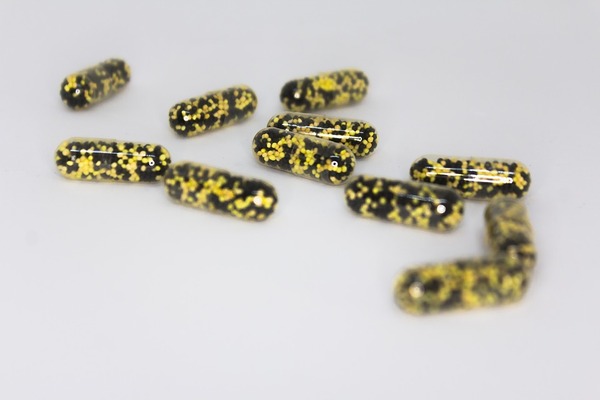The Effect of Bead Shape and Texture on the Energy Loss Characteristics in a Rotating Capsule
(1) Blue Valley High School, Overland Park, Kansas
https://doi.org/10.59720/18-055
Energy loss characteristics in a rotating bead-filled capsule are impacted by bead shape, size, surface texture, density, and capsule fill level. In this paper, the energy loss results are reported from experiments of bead-filled cylindrical capsules rolling down a ramp in a controlled manner without sliding. These experiments were motivated by the potential applications of bead-filled capsules for energy dissipation and vibration control systems, as well as for understanding energy use in rotating drum-based industrial processes. The experiment used a plexiglass cylindrical capsule filled with beads of different sizes, materials, and textures. The bead-filled capsule was rolled down an inclined ramp and came to a stop on a level ramp. The position at which the capsule stopped was recorded. As the capsule rolled down the ramp, the potential energy converted to kinetic energy. When the kinetic energy dissipated, the capsule came to a stop. The distance traveled by the capsule is controlled by the energy loss caused by the collision and the friction of the beads. The nature of the collision and friction of the beads depended on the amount, size, type, and texture of the beads in the cylinder. The data was analyzed to determine the conditions for optimal fill level, which is defined as the case for maximum energy loss. We found that the intermediate filling level had the most energy loss. This optimal filling was obtained for each bead type.The maximum energy dissipation increased with bead surface texture and bead density but decreased with bead size.